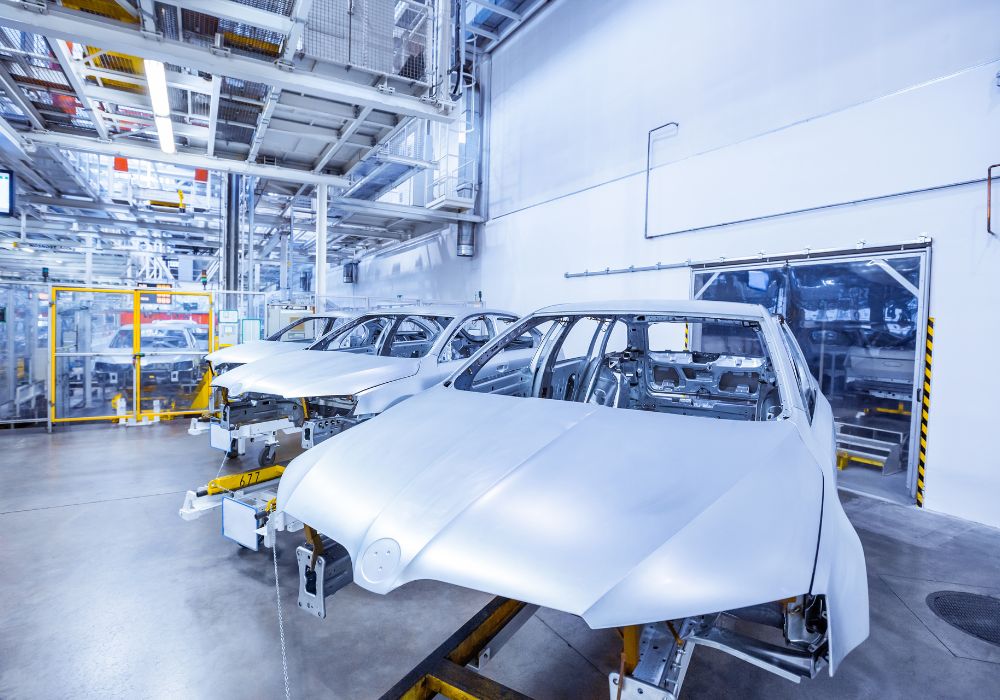If you’re in the Pacific Northwest, you may soon feel the pinch—not just at the gas pump, but at the insurance billing counter too. Rising tariffs on imported vehicles and parts are creating ripples across the automotive industry—and insurance premiums are following suit. U.S. tariffs—especially the 25% duties on imported vehicles and parts—are firmly in force as of Q4. These include not only autos, but also steel, aluminum, copper, and related components.
Tariffs are increasing repair costs. New tariffs on imported auto parts mean insurers face higher claims costs. With parts more expensive, insurers often pass those costs on to customers. In fact, insurers may raise premiums by 6–10% by year’s end to absorb this financial pressure.
Policy rate hikes are already on the radar. Insurify projects that full-coverage insurance will rise by around 7% nationally by December 2025 if tariffs remain in place, versus only a 4% increase without them.
Regional disparities in impact. Some states are poised to feel it more than others:
Expensive repairs and replacement parts: Tariffs make imported components costlier. In turn, the extra expense creates pressure on insurers’ finances.
More expensive cars: Restricted imports are pushing up vehicle prices, making full repairs—and even replacements—more expensive for insurers.
Supply chain disruptions and delays: Tariffs can throw the global parts supply into disarray, stretching repair times and potentially increasing insurer liability.
Tariffs on vehicles and parts are adding upward pressure on auto insurance premiums—on average, anywhere from 6% to 9% more by the end of 2025. The best defense? Stay informed, compare options, and strategize before your next renewal hits.
